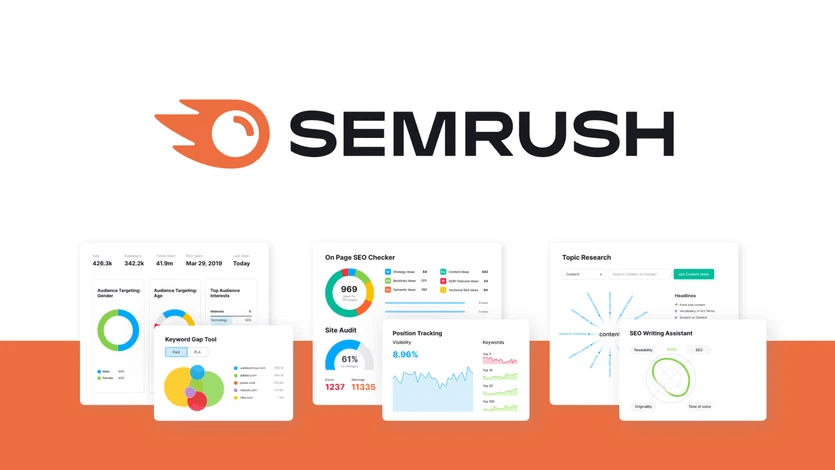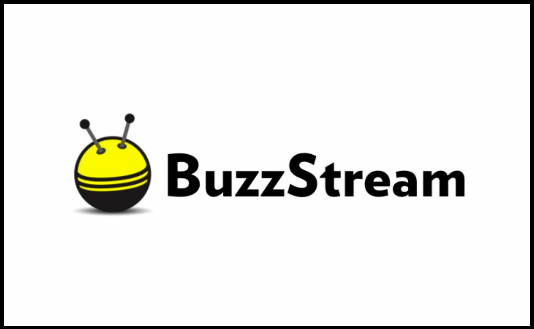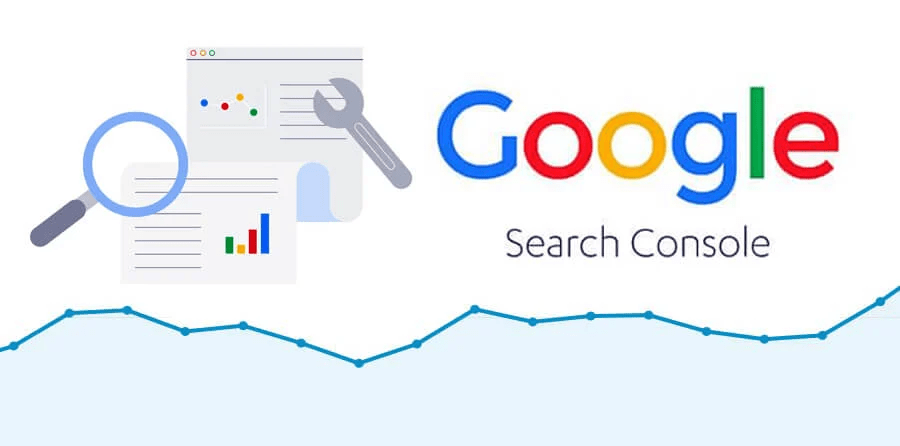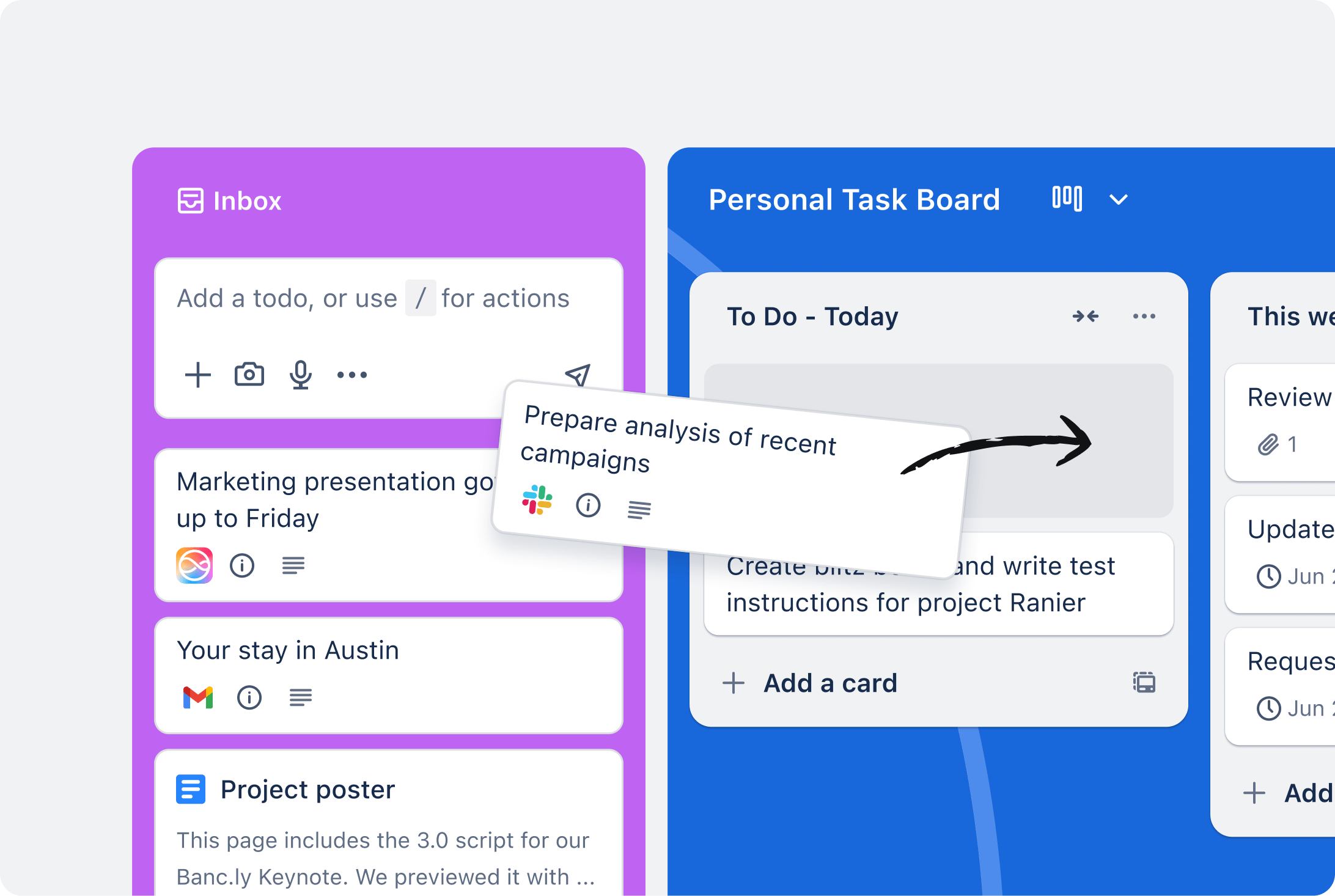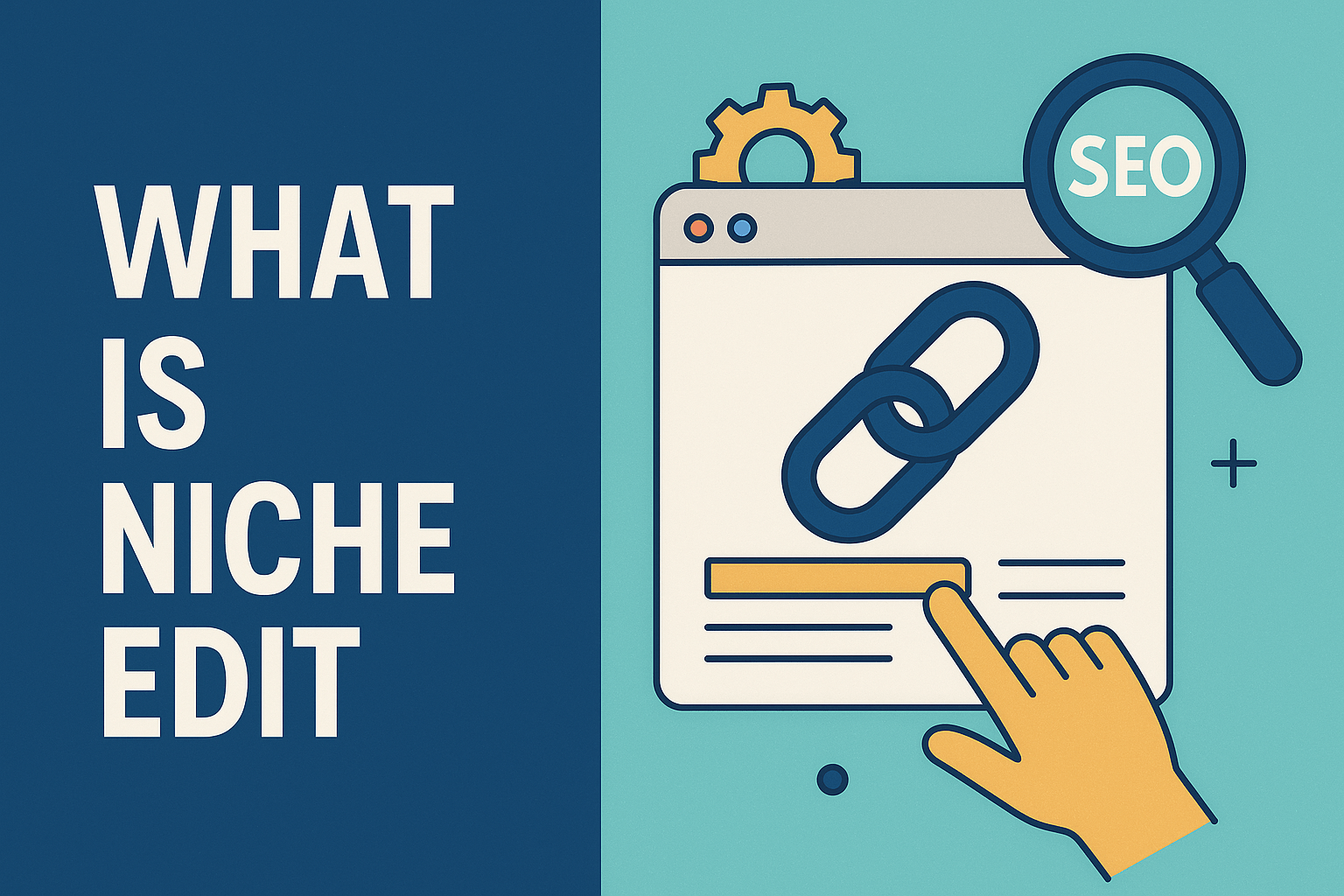
What Are Niche Edits and How They Work in 2025
What Are Niche Edits and How They Work in 2025
Niche edits have become a significant term for marketers, SEO specialists, and business owners aiming to improve their website’s visibility. These aren’t about flooding the web with random links or buying bulk placements on low-quality sites. Instead, this strategy involves carefully inserting relevant, contextual links into existing content across the web.
Imagine the internet as a vast network of articles, guides, and resources. Among them, some have established authority and trust. Niche edits, sometimes called curated links, take advantage of this authority by integrating your website into the conversation, quite literally, through a link placed within aged content.
Let’s unpack why this subtle approach is more effective and respected than some of the louder tactics in search engine optimisation.
Types of Niche Edits
Not all niche edits are created equal. Understanding the different types—white-hat, grey-hat, and black-hat—can help you make informed, ethical decisions that protect your site’s reputation and long-term SEO performance.
White-Hat Niche Edits
White-hat niche edits involve genuine, value-driven link placements. These are secured through transparent outreach, offering relevant resources or content updates that enhance the existing article for readers. For example, suggesting your in-depth guide be linked in a blog post that references outdated or less comprehensive information. Benefits: Sustainable results, strong trust signals, and compliance with search engine guidelines. Risks: Requires more effort and relationship-building, but minimal risk of penalties.
Grey-Hat Niche Edits
Grey-hat niche edits blur the lines of best practice. These might involve offering compensation for a link or placing links in content without clear disclosure. While not outright manipulative, they may skirt the boundaries of search engine policies. Benefits: Faster results and broader opportunities. Risks: Potential for penalties if detected, and relationships with site owners may be less stable.
Black-Hat Niche Edits
Black-hat niche edits use unethical or deceptive tactics, such as hacking sites to insert links, using automated systems, or placing links on irrelevant or spammy pages. Benefits: Quick, short-term gains. Risks: Severe penalties, loss of trust, and long-term damage to your site’s authority and rankings.
Ethical Considerations and Long-Term Impact: Prioritising white-hat strategies ensures your link-building efforts are sustainable and respected by both search engines and your audience. Grey-hat and black-hat methods may offer short-term wins but carry significant risks that can undermine your brand and SEO progress.
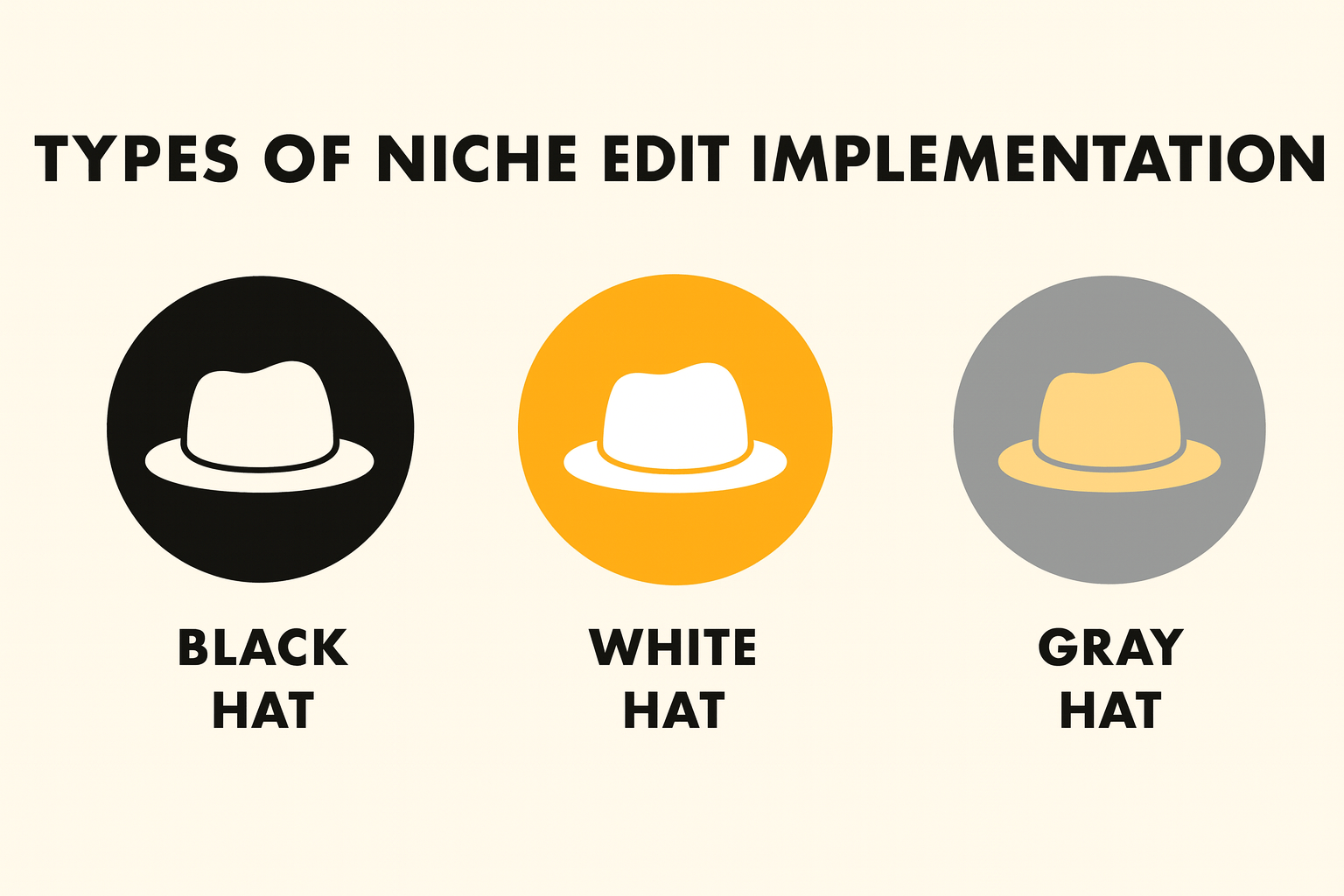
Step-by-Step Guide to Securing Niche Edits
Securing high-quality niche edits requires a strategic, methodical approach. Follow this actionable workflow to ensure your efforts are both effective and ethical:
1. Prospecting: Identify Relevant Opportunities
- Use tools like Ahrefs, SEMrush, or Google Search to find authoritative sites and articles in your niche.
- Filter for aged, well-ranked content with genuine engagement.
- Build a list of potential targets, noting contact details and content relevance.
2. Qualifying Prospects
- Review each site for quality, trustworthiness, and topical alignment.
- Check for signs of spam, excessive outbound links, or low editorial standards.
- Prioritise sites that are active and have a genuine audience.
3. Outreach Preparation
- Personalise your outreach by reading the target article and identifying where your link would add value.
- Prepare a compelling pitch that highlights the benefit to the site owner and their readers.
- Gather supporting resources, such as your content or data, to strengthen your case.
4. Outreach Execution
- Send a polite, personalised email (avoid templates) to the site owner or editor.
- Clearly explain your request, the value of your resource, and where it fits within their content.
- Offer to update outdated information or provide additional value if appropriate.
5. Negotiation & Agreement
- Be open to feedback or alternative suggestions from the site owner.
- Discuss any terms transparently, including compensation if required (and ensure compliance with disclosure guidelines).
- Confirm the placement details and timeline.
6. Link Placement & Review
- Once the link is live, review the placement to ensure it appears natural and contextually relevant.
- Check that the anchor text is appropriate and not over-optimised.
- Verify that the page remains indexed and the link is do-follow (if intended).
7. Post-Placement Monitoring
- Track the link’s status using tools like Ahrefs, Monitor Backlinks, or Google Search Console.
- Monitor referral traffic and any changes in rankings or authority.
- Maintain a relationship with the site owner for future collaboration.
8. Documentation & Reporting
- Keep detailed records of your outreach, placements, and results.
- Use spreadsheets or CRM tools to track progress and measure ROI.
Templates and Tools:
- Outreach email templates (customised for each prospect)
- Prospecting spreadsheets
- Link monitoring tools (Ahrefs, Monitor Backlinks)
- CRM or project management software (Trello, Notion)
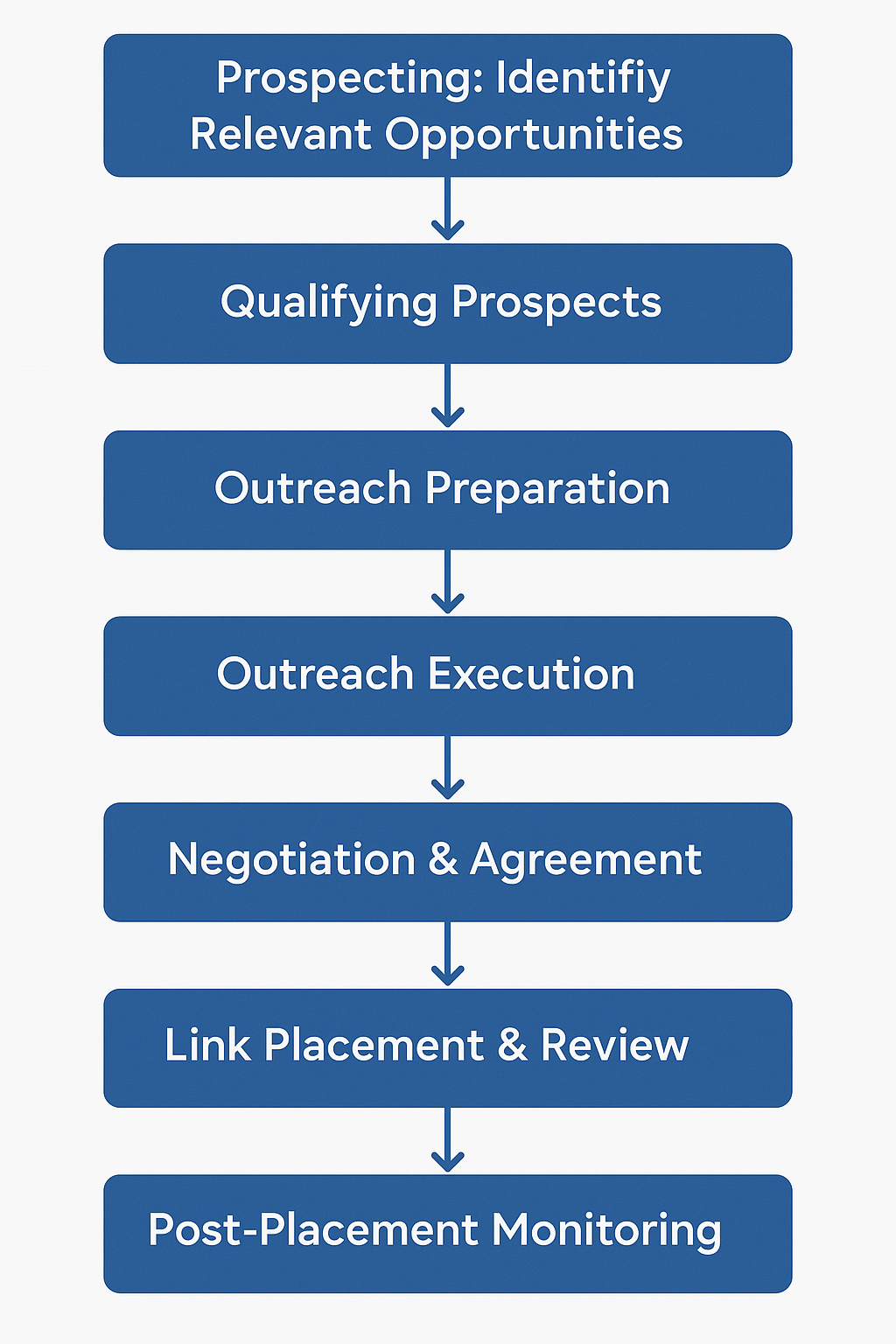
Recommended Tools and Resources for Niche Edits
Leveraging the right tools can streamline every stage of your niche edit strategy—from prospecting and outreach to monitoring and reporting. Here are some of the most effective resources used by professionals:
1. Ahrefs
A comprehensive SEO suite that excels at backlink analysis, competitor research, and content discovery. Use Ahrefs to identify authoritative sites in your niche, analyse their backlink profiles, and uncover link opportunities.
2. SEMrush
Another all-in-one SEO platform, SEMrush offers powerful tools for site audits, keyword research, and backlink tracking. Its “Backlink Gap” tool is especially useful for finding sites linking to your competitors but not yet to you.
3. Hunter.io
Hunter.io helps you find and verify email addresses associated with websites, making it easier to reach out to site owners or editors for your niche edit campaigns.
4. BuzzStream
BuzzStream is a dedicated outreach and relationship management platform. It allows you to organise prospects, track communications, and automate follow-ups, ensuring your outreach is both efficient and personal.
5. Google Search Console
Essential for monitoring your site’s backlink profile, tracking new links, and ensuring your edits are indexed. Google Search Console also provides valuable insights into how your site is performing in search results.
6. seoptimer
A user-friendly tool for tracking the status of your backlinks, monitoring changes, and receiving alerts if a link is removed or altered.
7. Notion or Trello
Project management tools like Notion or Trello can help you organise your outreach campaigns, track progress, and collaborate with your team.
User Tip: Combine these tools for a seamless workflow: use Ahrefs or SEMrush for prospecting, Hunter.io for finding contacts, BuzzStream for outreach, and Monitor Backlinks or Google Search Console for ongoing tracking.
Distributed Authority: The Power Behind Niche Edits
Search engines, Google in particular, weigh the authority of a site and its individual pages. When your website is referenced in a widely-read, authoritative post that’s stood the test of time online, some of that trust is passed along. That’s where niche edits shine.
It’s the digital equivalent of being quoted in a respected magazine rather than a new leaflet. Readers are already there for the expertise, and your site becomes part of the ongoing narrative.
Contrast the difference:
| Guest Post Link | Niche Edit Link | |
|---|---|---|
| Source Age | New content | Existing, aged content |
| Indexing Speed | Slow (requires time) | Fast (already indexed) |
| Perceived Value | Moderate | High (endorsed by established article) |
| Placement | Author/Contributor box | Within editorial content, contextually |
Why Site Relevance Matters
Niche editing isn’t about spraying links everywhere. Quality trumps quantity every time. The most valuable links are those placed on pages deeply related to your own subject. For example, an outdoor gear site securing an edit in a comprehensive blog about hiking boots will carry far more authority — and drive natural traffic — than appearing in some generic directory.
Search engines have become adept at understanding content context. The closer your link’s topic is to the article’s subject matter, the stronger its impact on search visibility.
Furthermore, human visitors are more likely to click on links that genuinely enhance their reading. This organic traffic isn’t just good for SEO either; it can yield genuine customers or engaged newsletter sign-ups.
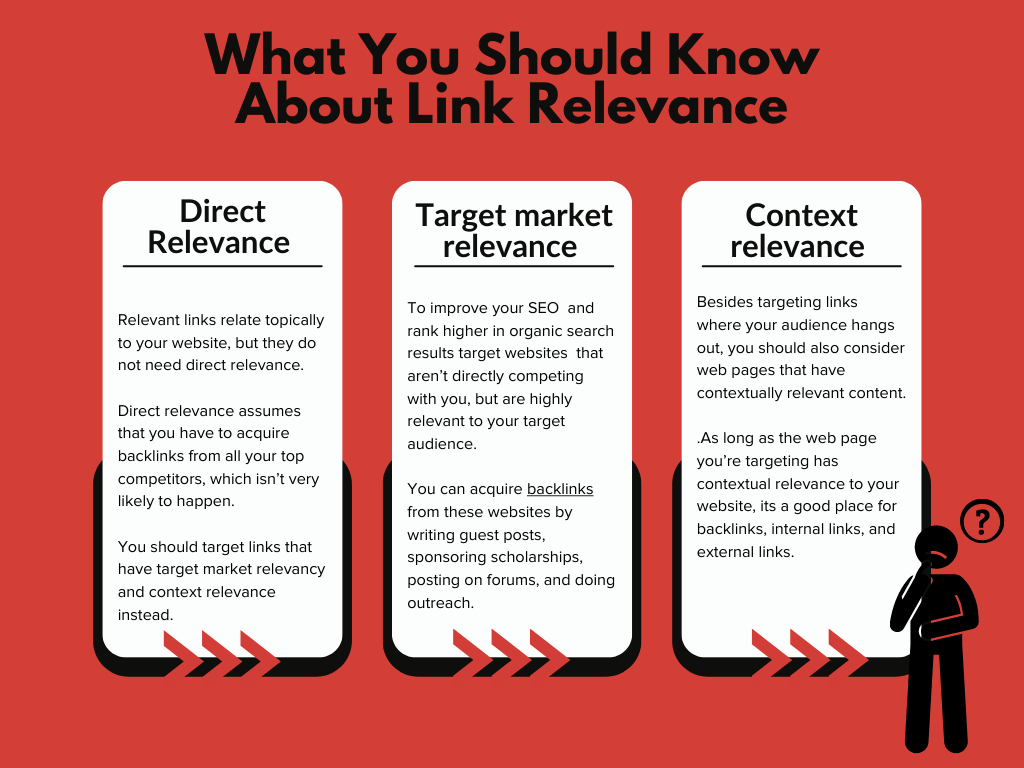
Image Source:thehoth
Crafting the Outreach for Niche Edits
Getting a link placed requires more than sending a template email. Site owners want to protect their readers and their own reputation.
Tips for successful outreach:
- Show genuine familiarity with their content.
- Offer to update outdated information or provide a better source.
- Explain the value your resource adds to their reader.
- Always allow them to review the proposed link before live publication.
- Avoid pressure tactics or transactional language; relationship matters.
Building trust isn’t just polite — it’s effective. Many site owners are more receptive to those who offer clear benefits or thoughtful content suggestions.
Example of Niche Edit Outreach email:
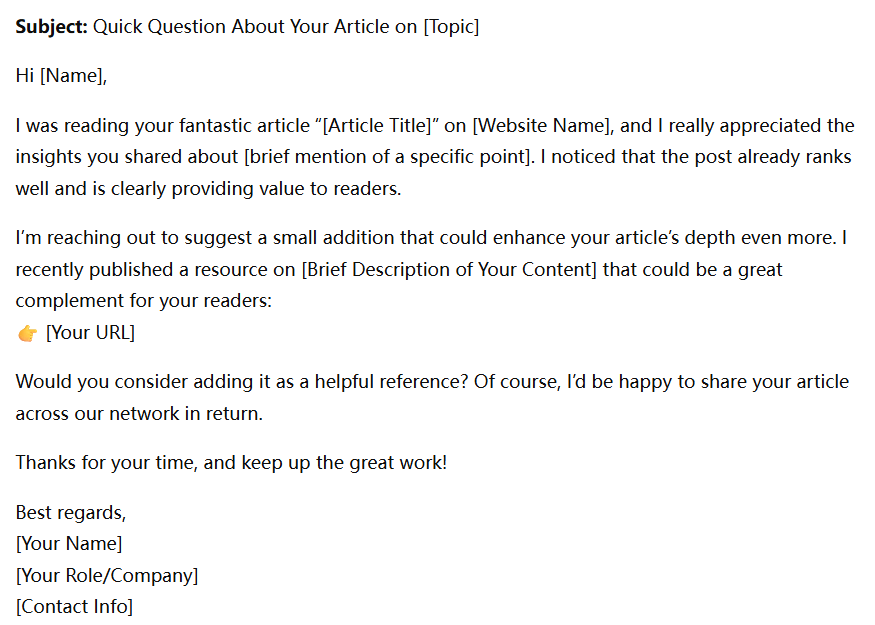
Risks and Red Flags
Like any SEO practice, there are right and wrong ways to use niche edits. When abused, these tactics can backfire.
Be wary of providers offering mass niche edits for suspiciously low prices. These may rely on hacked sites, spam tactics, or irrelevant placements — all of which can incur severe penalties from search engines. A sound approach is as transparent and ethical as possible.
Here are pitfalls to avoid:
- Inserting links into unrelated content purely for link-building.
- Placing edits on thin, low-quality, or spam-riddled sites.
- Over-optimising anchor text, making it appear forced or manipulative.
- Using automated systems rather than genuine manual outreach.
If unsure, consider these questions before agreeing to a niche edit:
- Is the site reputable, active, and trusted?
- Does the page have value to real readers?
- Would you be happy for your customers or staff to see this link?
The SEO Impact: What to Expect
Properly executed, niche edits can accelerate search rankings. Their power lies in being part of an aged, relevant page, which can result in:
- Faster impact since the page is already indexed and trusted.
- Referring traffic that converts (thanks to natural, relevant placement).
- Long-term link equity (as the content is more likely to persist than with newly built pages).
- Improved authority in your focus area, strengthening topical relevance.
Keep in mind, however, that like any SEO strategy, results rely on the overall quality of your site, your backlink diversity, and other optimisation efforts.
Measuring Success: ROI and Key Metrics for Niche Edits
To ensure your niche edit strategy delivers real value, it’s essential to track performance and measure ROI using clear, actionable metrics. Here’s how to evaluate the effectiveness of your efforts:
Key Performance Indicators (KPIs)
- Referral Traffic: Use Google Analytics to monitor the volume and quality of visitors coming from your niche edit placements. Look for increases in sessions, time on site, and engagement from these sources.
- Ranking Improvements: Track keyword positions for target pages using tools like Ahrefs, SEMrush, or Google Search Console. Note any upward movement in rankings after your links go live.
- Domain and Page Authority: Monitor changes in your site’s authority metrics (e.g., Domain Rating in Ahrefs, Domain Authority in Moz) to gauge the cumulative impact of your link-building efforts.
- Conversions and Goals: Set up conversion tracking in Google Analytics to measure actions taken by visitors from niche edit links—such as form submissions, purchases, or newsletter sign-ups.
- Backlink Status: Use Monitor Backlinks or Ahrefs to ensure your links remain live and do-follow, and to receive alerts if they’re removed or changed.
Tracking Methods
- UTM Parameters: Add UTM tags to your niche edit links to track specific campaigns and sources in Google Analytics.
- Custom Dashboards: Build dashboards in Google Data Studio or your analytics platform to visualise traffic, rankings, and conversions from niche edits.
- Regular Reporting: Schedule monthly or quarterly reviews to assess progress, identify trends, and adjust your strategy as needed.
Reporting Templates
- Link Placement Log: Maintain a spreadsheet with details for each niche edit: URL, placement date, anchor text, referring site, and contact information.
- Performance Summary: Create a summary report highlighting key metrics, wins, and areas for improvement. Include charts or graphs for visual impact.
Ethical and legal Considerations: Doing it Right
As niche edits become more popular, it’s crucial to navigate the legal and ethical landscape with care. Failing to comply with regulations or search engine guidelines can result in penalties, loss of trust, or even legal action. Here’s what you need to know to stay compliant:
Disclosure of Paid Links
If you compensate a site owner for a link placement—whether with money, products, or services—disclosure is not just ethical, but often a legal requirement. In many jurisdictions, including New Zealand, the US, and the UK, advertising standards require that paid links be clearly marked as sponsored or advertorial. This transparency protects both your brand and the publisher from accusations of deceptive practices.
Google’s Guidelines
Google’s Webmaster Guidelines explicitly state that paid links must use the rel=”sponsored” or rel=”nofollow” attribute to avoid passing PageRank. Failing to do so can result in manual penalties, loss of rankings, or de-indexing. Always ensure that any compensated link is properly tagged, and avoid manipulative practices such as hidden links or link schemes.
Avoiding Manipulation and Spam
Placing links in irrelevant or low-quality content, using automated systems, or participating in link exchanges can violate both legal standards and search engine policies. These tactics not only risk penalties but can also damage your reputation and relationships within your industry.
Best Practices for Compliance
- Always disclose paid relationships and ensure transparency with both publishers and audiences.
- Use the appropriate link attributes (rel=”sponsored” or rel=”nofollow”) for any compensated placements.
- Reference and adhere to Google’s official documentation on link schemes and paid links.
- Keep records of your outreach, agreements, and disclosures for accountability.
- Prioritise value and relevance over quantity—focus on placements that genuinely benefit readers.
By following these legal and compliance best practices, you protect your brand, maintain trust with your audience, and ensure your niche edit strategy is sustainable for the long term.

Beyond the Link: Building Valuable Connections
Niche edits are more than just technical SEO. Genuine outreach often results in ongoing collaboration — guest posts, co-created resources, or email newsletter swaps. Sometimes a single well-researched email can spark a relationship that goes beyond a single backlink.
Value-driven communication builds trust and deepens your roots within your specialty.
Key Benefits at a Glance
To summarise the main reasons so many professionals favour this approach:
- Increased Authority: Association with already-respected material.
- Faster SEO Results: Leveraging aged content speeds up recognition.
- Relevant Referral Traffic: Placed where your future audience is already reading.
- Stronger Trust Signals: Search engines value editorial context.
- Relationship Building: Outreach opens channels with peers in your industry.
When Should Niche Edits Be Part of Your Strategy?
They’re particularly effective for anyone seeking to build authority in a specific topic or geographic region. If your site is already providing strong content but lacks recognition, the right placement within established articles can push your rankings further.
Combined with content creation and technical SEO, niche edits help round out a robust optimisation plan.
Moving Forward
If you’re running a business website or managing SEO for clients, partnering with an SEO agency to add niche edits to your strategy can make a marked difference. It’s about quality, context, and building relationships, not chasing numbers. The effort invested in personalising outreach and selecting placements pays dividends over time, both for your search visibility and for the reputation of your brand.
Emphasise relevance, value, and authenticity at every stage. Not only will search engines respect these efforts, but your audience will too. The internet rewards those who participate in the conversation honestly and thoughtfully — and niche edits let you do just that.
Future Outlook: Trends for 2025 and Beyond
As we look ahead, the landscape of niche edits is poised for significant evolution. Google’s algorithms are becoming increasingly sophisticated, leveraging AI to better understand context, intent, and the authenticity of links within content. This means that the value of niche edits will hinge even more on genuine relevance and editorial integrity.
AI-driven content analysis will likely make it easier for search engines to detect manipulative link placements, pushing the industry further toward ethical, value-driven strategies. Automated outreach and mass link insertions will become less effective, while personalised, relationship-based approaches will be rewarded.
Content trends are also shifting. As more publishers adopt AI-generated content, the bar for quality and originality will rise. Niche edits placed within high-quality, human-curated articles will stand out and carry greater authority. Additionally, as voice search and conversational AI interfaces grow, the context and natural placement of links will become even more critical.
Industry experts predict that transparency and compliance will be non-negotiable. Disclosing paid placements and adhering to Google’s guidelines will protect brands from penalties and foster trust with audiences.
In summary, the future of niche edits lies in authenticity, strategic relevance, and ethical execution. Staying ahead means focusing on building genuine connections, prioritising user value, and adapting to the ever-changing digital landscape.



